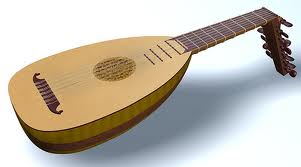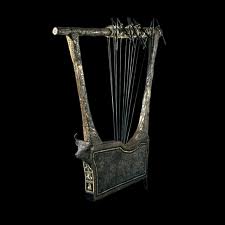Some songs were written for the kings, but songs also amused the normal citizens that liked to sing and dance to in the marketplaces and villages. Most songs were made for the gods, specifically the goddess Innana, or for special events. Songs and music was passed on through many generations, a parent to their child who would pass it on to their child and so on.
Instruments were found in royal burial sites and instruments, dancing and singing were found in Sumerian art also. Dancing and music were a part of daily celebrations and played a very important role in their religion and society. They played temple rites-music for marriages and royal births. Musicians were formed and trained in schools and professional classes.
Who plays the drums? Did you know that in Ancient Mesopotamia, they played the drums also! They also played flutes, kettledrums, smaller hand drums,cymbals, reed pipes,clay whistles, lutes, and harps.Did you know that the first female drummers were from Ancient Mesopotamia? Because they had women drummers, we do too!


This is the Oud, another stringed instrument used in Ancient Mesopotamia. The oldest pictorial record of the Oud is 5000 years old during the Uruk period in Southern Mesopotamia.The record is on a cylinder seal currently at the British Museum. It shows a female with her instruments on a boat that she is playing right-handed.
